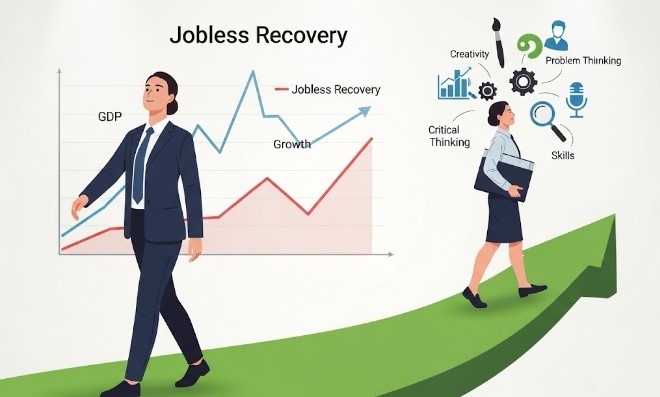In a world driven by screens, speed, and overstimulation, a surprising trend is taking over among Gen Z and Millennials: the revival of the “Martha Stewart aesthetic.” This movement embraces slow living, nature-based routines, and a return to domestic simplicity. It’s not just about curated garden photos on Pinterest — it’s a mindset shift toward sustainability, well-being, and intentional living.
What Is the Martha Stewart Aesthetic?
Inspired by the lifestyle empire of Martha Stewart, this aesthetic blends vintage elegance, homemaking skills, and a connection to the land. It’s characterized by:
- Growing your own food or herbs
- Handmade crafts, baking, and DIY beauty
- Neutral tones, linen fabrics, and cozy interiors
- Living slowly and intentionally
This style has surged in popularity across social media — especially on Pinterest, where related searches have increased by more than 2,800% in 2025 alone.
Why Is This Trend Booming Now?
The Martha Stewart aesthetic is more than nostalgia — it’s a reaction to the digital burnout many young adults are experiencing. As global crises, social media fatigue, and hustle culture take a toll on mental health, people are seeking peace in simplicity. Here’s why it resonates:
- Nature = Therapy: Spending time in gardens or even tending to indoor plants has been shown to reduce stress and improve mood.
- Digital Detox: Baking bread, painting, or sewing are mindful alternatives to scrolling endlessly on TikTok or Instagram.
- Economic Uncertainty: Growing your own vegetables or DIY home care helps save money while promoting self-sufficiency.
- Identity Expression: This lifestyle allows individuals to define success on their own terms — not through productivity, but through purpose and peace.
How to Embrace This Aesthetic (Without Moving to a Farm)
You don’t need a countryside cottage to live the Martha Stewart way. Here are practical ways to embrace this trend even in an urban apartment:
- Start a small windowsill garden: Herbs like basil, mint, and thyme thrive indoors.
- Cook from scratch once a week: Try sourdough, herbal teas, or seasonal meals.
- Craft your space: Use vintage jars, handmade candles, or woven baskets to bring coziness into your home.
- Journal or reflect: Create a morning ritual of writing, tea, and silence before diving into screens.
The Financial Benefits of Slow Living
Interestingly, minimalism and the Martha Stewart aesthetic align beautifully with smart finance principles. Here’s how:
- Reduces impulsive spending: Mindful living shifts focus from consumerism to creativity.
- Boosts sustainability: Less waste, more reuse — especially in fashion, furniture, and food.
- Promotes financial clarity: Simpler living makes it easier to track spending, save more, and align money with values.
Case Study: From Burnout to Balance
Take Leila, a 26-year-old content strategist. After feeling overwhelmed by online work and rising rent in a busy city, she embraced slow living. She started gardening on her balcony, batch-cooking every Sunday, and shopping only at secondhand stores. Six months in, she not only saved over $3,000 but also reduced anxiety and found a deeper sense of calm.
Conclusion: Slowing Down to Grow Stronger
The Martha Stewart aesthetic isn’t just a design trend — it’s a path to sustainable, fulfilling living. It reminds us that wealth isn’t always about accumulation, but about alignment — with ourselves, nature, and our time. Whether you’re a minimalist, a wellness seeker, or simply tired of the digital race, slow living offers a soft, welcoming exit.
Ready to try it? Start small: grow a plant, bake something new, or turn your phone off for one quiet morning. Your mind (and your wallet) will thank you.





Leave a Reply